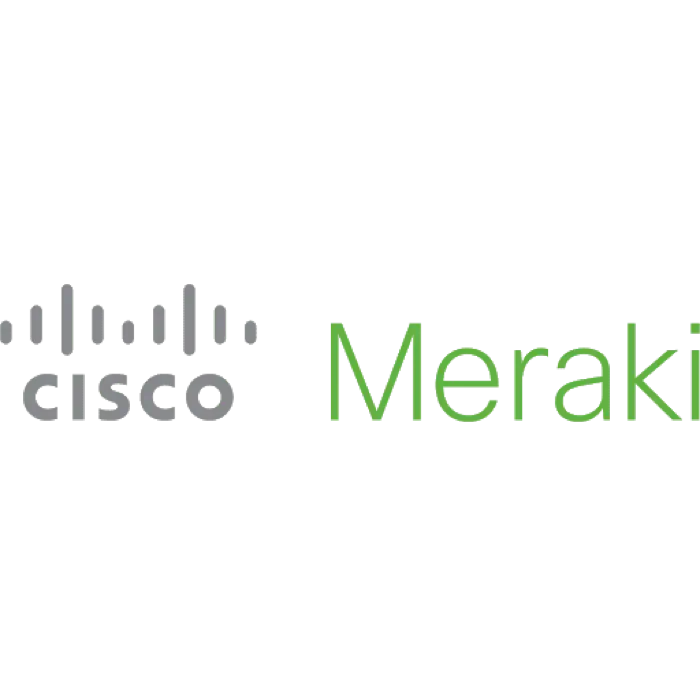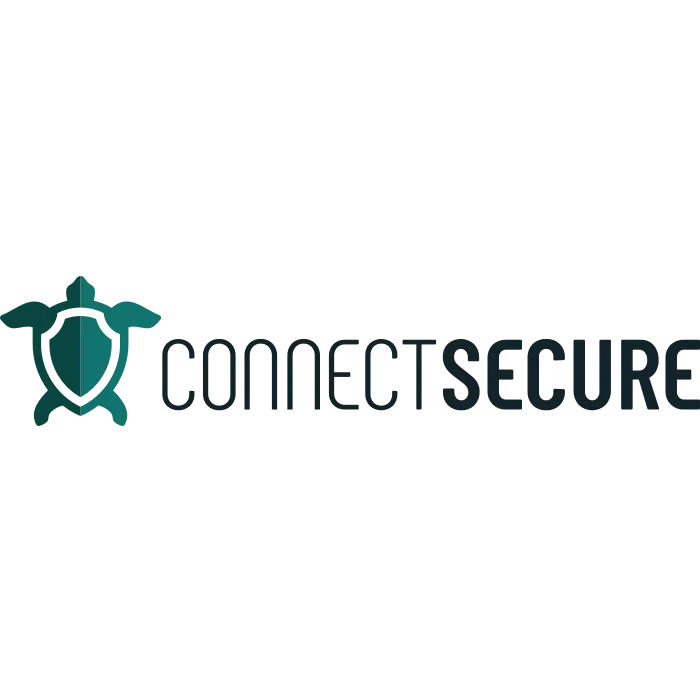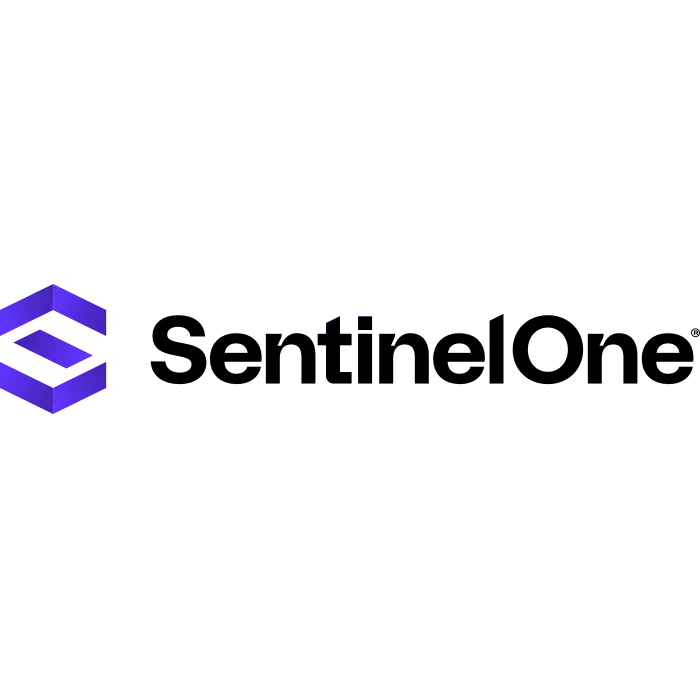Protect Against Modern Cyber Threats
Implement a multi-faceted cybersecurity approach with relentless persistence against evolving threats and real-time intelligence. We partner with companies on robust managed services, compliance and cyber insurance to ensure maximum protection.
Managed Services
Leading-Edge Compliance
Cyber Insurance Advisory
How We Can Help
Protect your business from evolving cyber threats with a team of cybersecurity specialists. With niche and industry-specific expertise, Anders Technology understands your compliance and security requirements and can develop a personalized strategy that includes employee training, so everyone plays a part in preventing a costly data breach.


Best-in-Class Security Platforms
At Anders Technology, we’re constantly evaluating platforms and evolving cybersecurity techniques so our clients can rest assured they stay protected even when new threats arise. Below are some of the best-in-class platforms we leverage.






Insights
Learn more about the latest technologies and how to implement them.

Microsoft Universal Print – Licenses, Requirements and Managing with Intune
Microsoft Universal print enables centralized management for IT administrator...

Your Introduction to Microsoft Consultants – How M365 Consulting Services Work and Benefit Your Business
Microsoft consultants and consulting services work with businesses to create ...

Keep AI Simple and Get Started: The Anders AI Executive Briefing
Learn how to begin your AI journey with a free AI executive briefing - you'll...
Be the first to know
Subscribe to our newsletter and receive the information that matters to you.
Talk To Anders
Are you ready to speak to one of our cybersecurity specialists? Let’s get started. Fill out this brief form and we’ll be in touch shortly.




